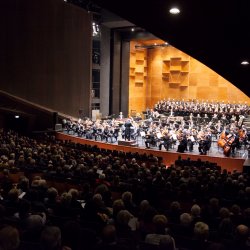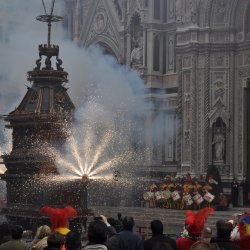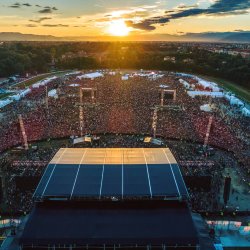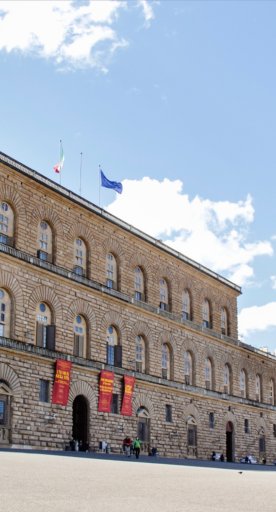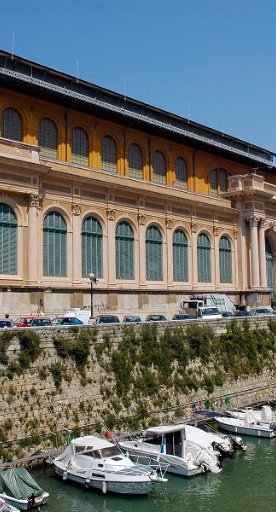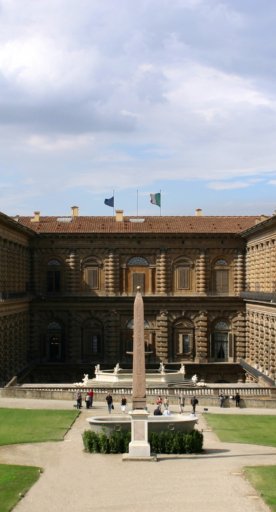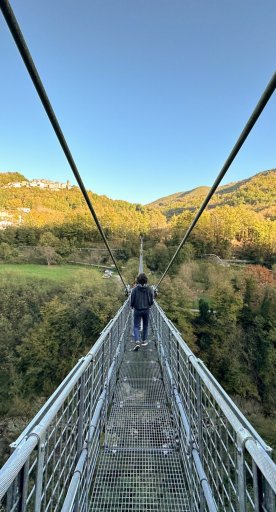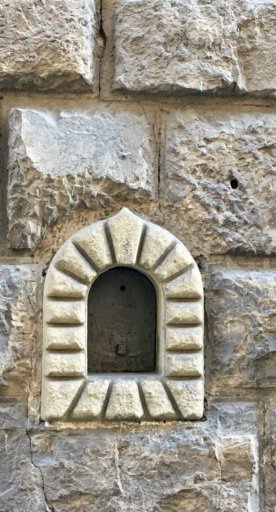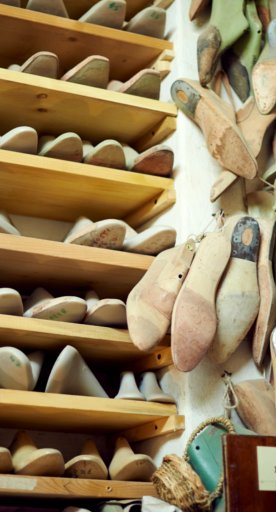

Walking around Florence: 6 itineraries among history and nature
Suggestive routes to discover the Florentine area step by step
Slowly moving away from the chaos of the city, beginning to see the changing landscape, rediscovering the silence and listening to nature: embarking on a path is a choice that has to do with discovery, adventure and sometimes even spirituality.
In Tuscany there are no less than 6 great routes that pass through the city of Florence and cross villages, millennial forests, traditional flavors and, of course, precious historical, artistic and architectural evidence.
Setting off on these routes is a novel experience because even familiar places, if visited on foot, with a backpack on your back and a desire to challenge yourself, can give us new emotions!
-
1.Via Romea Sanese
-
2.The Way of St. Jacopo
-
3.Way of the Gods
-
4.Way of Dante
-
5.Way of Francis
-
6.Renaissance ring
Via Romea Sanese
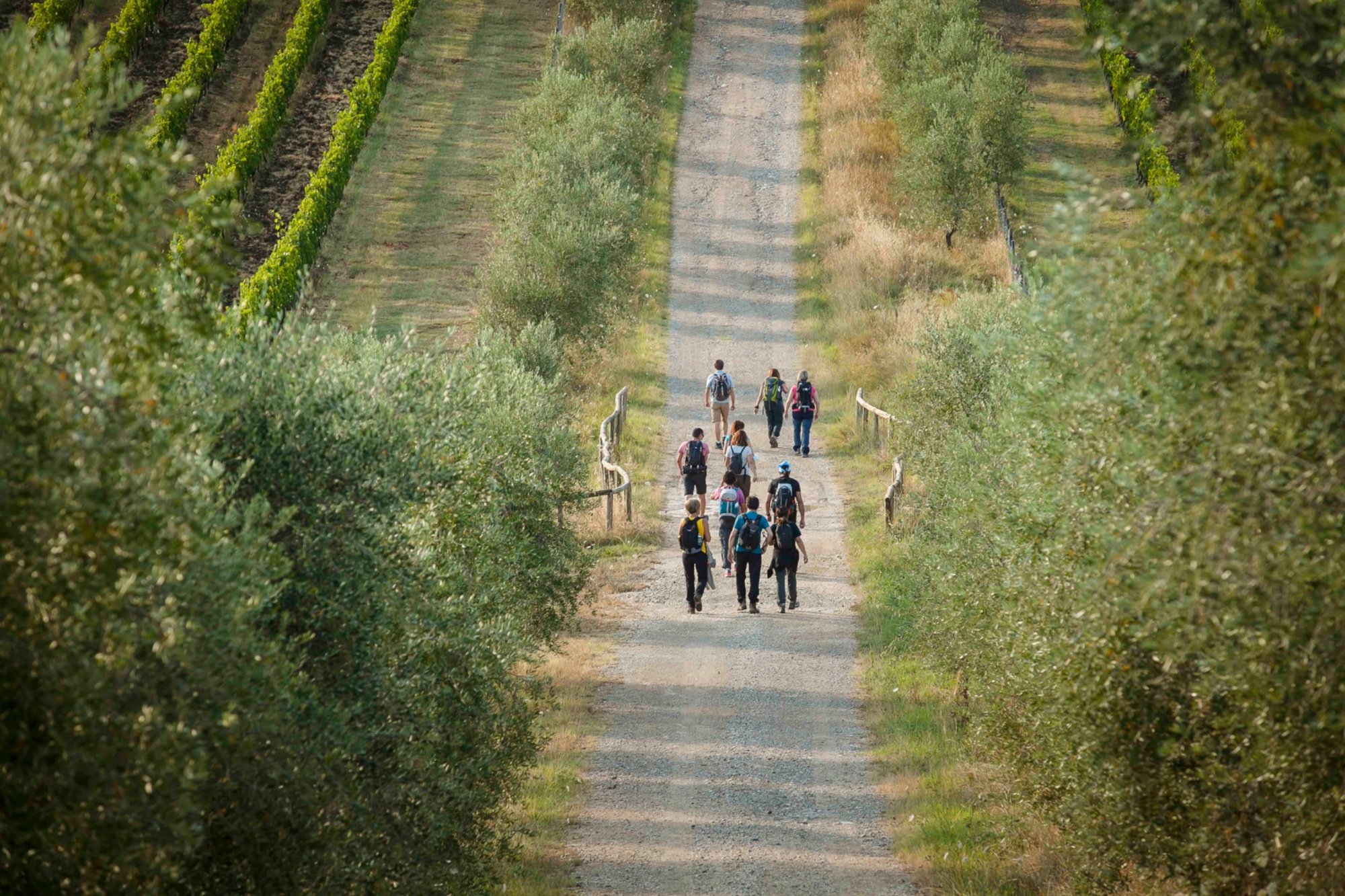
For connections with Rome, the Florentines used the Via Romea Sanese - also called the Via Romea del Chianti - which was the shortest route from the city of Giglio to Siena.
The route alternates between stretches on paved back roads and dirt roads, also intersecting the official route of the Via Francigena.
Four stages cross the Florentine and Sienese territories to discover parish churches, abbeys and medieval villages. It is a journey that starts from Piazza della Santissima Annunziata in Florence and touches places steeped in history such as Sant'Andrea in Percussina, San Casciano in Val di Pesa, Badia a Passignano, San Donato in Poggio and Castellina in Chianti, until arriving in Siena at the Basilica of San Francesco.
The Via Romea Sanese is one of the three official walking routes in Tuscany.
The Way of St. Jacopo

The Way of St. Jacopo retraces the ancient transit and pilgrimage routes that connected Florence to Prato, Pistoia, Pescia and Lucca, following the route of the Via Cassia-Clodia, eventually leading to Santiago de Compostela.
The Jacobean itinerary winds through evocative hills and historic villages, touching on the main art cities of northern Tuscany.
A fascinating route divided into six stages of easy and medium level between nature and culture, for about 170 km of ancient Roman tracks of the Via Cassia and the Via Aemilia Scauri.
Historically, this route gained importance due to the events that brought, in 1145, a relic of the Apostle James (called Jacopo in Tuscany) from Santiago to Pistoia. The event made the city famous throughout Europe.
Even today the route offers at every point the opportunity to enjoy the beauty of rural tabernacles, Etruscan settlements, churches, villages and castles of timeless charm.
The Way of St. Jacopo is part of the Region's official walking routes.
Way of the Gods

The Via degli Dei (Way of the Gods) is a hiking route that connects the cities of Felsina (Bologna) with Fiesole (Florence).
Also called the "Military Flaminia", the Via degli Dei is a route, to be taken on foot but also by bicycle, 130 kilometers long and characterized by paved roads, dirt roads and paths crossing the Apennines.
The name of the path may have its origin from the toponyms of the mountains located along the route such as Mount Venus, Mount Adonis in Monzuno and Mount Luario in Firenzuola, linked to the Roman goddess Lua.
It is an itinerary that can be divided into five stages of medium difficulty and can be covered in four to six days on foot, depending on how well trained you are, and in two to three days by bike.
The entire route is indicated by CAI (Club Alpino Italiano) signs. Restaurants and accommodations can be found along the way.
Way of Dante

The Way of Dante is a ring route that touches the most significant places in the life of the supreme poet and links Florence, his birthplace, and Ravenna, the place of his burial.
Articulated in 20 stages for a total of more than 380 km, the itinerary represents the opportunity to discover at a slow pace the events, destinations and scenarios of Dante's life and to approach the author's history and works in an experiential dimension: the path possesses two identities that are constantly intertwined, one of a socio-cultural nature - relating to historical and poetic references - and another of a naturalistic nature - recalling contemplative and introspective experiences.
Among plains, hills, centuries-old forests, monuments and mountains, it is possible to follow the steps of the Florentine poet and walk through history.
Way of Francis
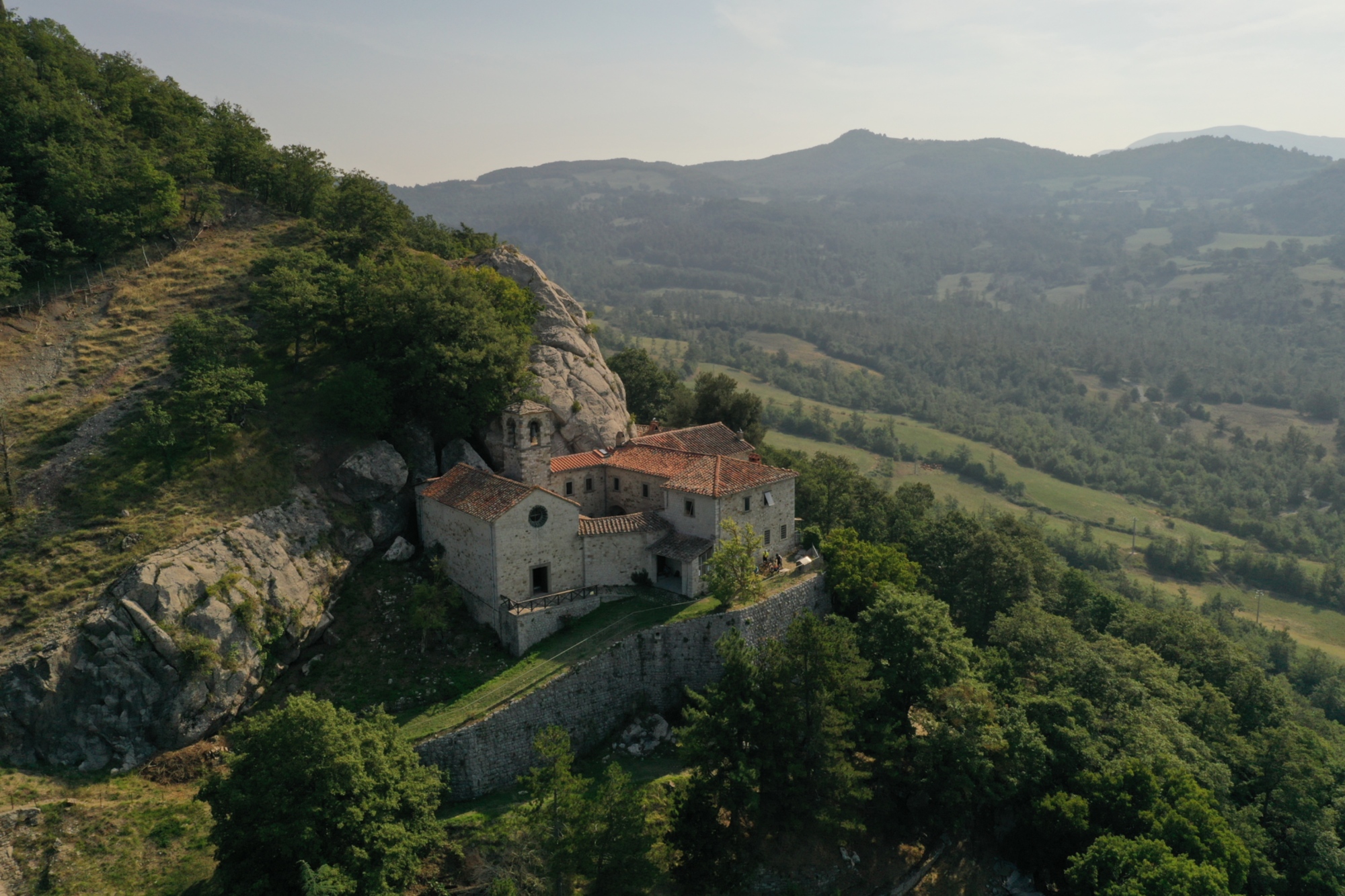
The Way of Francis is an itinerary that connects the places of the life of St. Francis of Assisi.
Each stage aims to propose a "Franciscan experience", along the paths that inspired the Saint in a multifaceted and heterogeneous itinerary that unites different regions and territories, with varying difficulty levels, that can be tackled on foot, by bicycle or on horseback.
The Tuscan section unites the city of Florence, starting from the Basilica of Santa Croce to the Sanctuary of La Verna, where Francis spent various periods of his life and, in September 1224, received the stigmata.
It is possible to follow several variants that touch on places enchanting for their unspoiled nature - such as the Casentino Forests National Park - for their spiritual importance - such as the Abbey of Vallombrosa - or their history, such as the Castle of the Guidi Counts.
The Way of Francis is an official walking route of Tuscany.
Renaissance ring

The Renaissance ring is a fascinating 250-kilometer-long trekking route that passes through the villages and towns around Florence, the epicenter of Italian Renaissance culture.
The itinerary exploring the surroundings of Florence conventionally begins and ends at the Castle of Calenzano, but since it is a ring, it can be walked freely.
Each of the locations it touches enjoyed the innovative drive that came from the Medici family.
The main route consists of eight stages, enhanced by five variations and three additions that head to Londa, Valdarno and Chianti.
A chance to visit historic centers, castles, parish churches and landscapes of rare beauty: the colors of the hills and the peace of the Tuscan countryside accompany travelers on a journey of discovery with a fascination unchanged by time.
To get an idea of the walking routes that can be taken starting from Florence, or choosing Florence as your destination of arrival, you can consult the pdf brochure The walking routes of the Florentine area or request the printed version distributed free of charge at tourist information offices in Florence:
IAT Piazza Stazione, 4
IAT Via Cavour, 1R
IAT Vespucci Airport





